Promoting on social can feel like a popularity rollercoaster.
One minute, you’re on top.
Your post is taking off – skyrocketing through timelines and racking up likes and shares.
But the next time you post?
Crickets.
The likes are trickling in, comprised mainly of your team members and the intern’s mom.
It’s like everyone forgot about you.
Not knowing how your target audience is going to react can be stressful.
Putting time, money, and effort into creating a social strategy that doesn’t get attention can feel like a waste of time.
Unfortunately, that’s because it is.
Luckily, when you put a little more planning into the posts you share, you can start seeing stronger results.
To help you make the most of each and every post you create, here is a 7-step checklist you can follow.
Step 1: Find a post purpose
Maintaining a consistent posting schedule is important if you want to stay visible and relevant on social platforms.
This is why we see companies in just about every industry taking advantage of popular weekly hashtags like #MotivationMonday or #ThrowbackThursday.
Here’s a tweet from LA Fitness getting in on the Monday Motivation conversation.
“I don’t count my sit-ups; I only start counting when it starts hurting because they’re the only ones that count.” – Muhammad Ali #MotivationMonday
— LA Fitness (@LAFitness) April 2, 2018
Posts like these can help you create some consistency in the way you post online.
It lets your audience know when to expect to hear from you and gets you involved in popular threads.
However, if you’re simply posting to post, you’re only wasting everyone’s time.
Every second, 6,000 Tweets are sent.
If you’re throwing posts out there without any clear intent, you’re just cluttering up an already diluted space.
Each time you post on social, you want to have a clearly defined purpose.
This largely depends on who your target audience is.
According to Sprout Social, different demographics will engage with brands on social differently.
Knowing how your audience reacts to social promotions can help you refine your tactics to better suit their needs.
Each post doesn’t need to sell directly.
In fact, using conversations to get your audience engaged can be more effective than strictly selling.
Consider the 80/20 principle, also known as the Pareto Principle.
This states that just 20% of what you do will bring in 80% of your returns.
In other words, smaller efforts can actually bring you better rewards.
Here’s an example from Walmart that involves no selling at all.
After the video of the young boy singing in a Walmart store went viral, Walmart saw this as the perfect opportunity to get into the conversation.
While this post doesn’t even contain a link to Walmart’s homepage, it still has a purpose.
It lets the company have a bit of fun.
Walmart also frequently uses social media to become a part of a larger conversation about hunger relief.
By partnering with Feeding America, Walmart uses influencers to help raise money for a good cause.
Here’s an example from Rosanna Pansino, a YouTube-famous baker.
Again, Walmart isn’t using their social media campaigns to sell products directly.
Posts like these can start informal conversations with your customers and help get them engaged with your brand.
Here’s another example of a post that goes beyond strictly selling, this time from Bud Light.
The Dilly so nice we said it twice. pic.twitter.com/fmJnWz7Q39
— Bud Light (@budlight) February 14, 2018
While this post doesn’t mention their brand or products, it plays off an extremely popular continuous campaign that Bud Light runs – their Dilly Dilly campaign.
Bud Light’s Dilly Dilly ads feature humorous stories of medieval knights, kings, peasants and the “Bud Knight.”
Just about every ad includes a story of how Bud Light can bring people together, followed by chants of “Dilly Dilly.”
Soon, Dilly Dilly became an online sensation, getting 175,000 mentions per month across social media and 66,000 hashtag uses just on Instagram.
While this tweet may not attract any new leads, it does appeal to loyal Bud Light fans that are in on the Dilly Dilly joke.
This can strengthen their relationship, remind them of past ads, and gain some engagement.
Before you post anything on social – whether it is as a post or in the comments – think of what you’re trying to accomplish.
Is it customer service?
Is it a promotion?
Is it simply creating a conversation with your target audience?
Define your intent before you press that “post” button.
Step 2: Find an engaging headline/quote to share
Knowing the purpose of your posts is a great start.
But it isn’t enough to get your audience engaged.
Even if you have the best intentions, if your content is dull or boring, your followers are just going to keep scrolling.
On Facebook, you have 63,206 characters per status update to get creative. (Although, you should be sticking to fewer characters.)
On Twitter, that number has recently doubled to 280-characters.
With video platforms like Snapchat and Instagram, you have 10 seconds or 60 seconds per video, respectively.
So, with all this room, there’s no reason you should just be posting the title of your article.
Check out this social post from GoPro.
#GoProAthlete @nicholirogatkin shows us what it's like to take a @fmbworldtour victory at the @redbull District Ride in Nuremberg, Germany. pic.twitter.com/zflFUc09Ri
— GoPro (@GoPro) September 3, 2017
They didn’t simply throw the video up with a traditional title.
Instead, they made it conversational.
Followers get a taste of what they can expect in the video, but it’s not an overwhelming description.
Quotes are another great way to grab your followers’ attention.
A brief snippet of what they can expect from your content can be just what they need to read on.
Here’s a great example of an extract from Salesforce.
"At some point, you have to realize you have a level of responsibility to something greater than yourself." Salesforce CEO Marc @Benioff discusses the new role of the CEO in the Fourth Industrial Revolution: https://t.co/0hq3pk7Bny pic.twitter.com/5PClmXAXuK
— Salesforce (@salesforce) April 5, 2018
This quote, which was pulled from the video also featured in the post, was able to get almost 125 retweets and 270 likes.
That’s almost 8x as many retweets and over 4x times as many likes as a traditional tweet from Salesforce uploaded the same day.
🎤 Complete the phrase: "A Trailblazer is . . . "
Help us make this Twitter thread huuuge! 👇 #BlazingTrails pic.twitter.com/ofInCb2ggh
— Salesforce (@salesforce) April 5, 2018
When selecting quotes that you’d like to target, make sure they provide enough context.
Make sure they provide value even if the user doesn’t decide to check out the rest of your content.
Step 3: Use your brand voice
It’s weird to think that your brand has a unique voice.
But the messaging, context, and vocabulary you use in your brand content can help you establish stronger relationships with your target audience.
A well-crafted brand voice can help you tell stories that build trust and create long-term repeat shoppers.
Taco Bell has one of the most recognizable brand voices on social.
By speaking directly to their defined target audience of young, active, and impulsive customers, they’re able to create genuine connections with their audience.
Check out this post on their Instagram.
Taco Bell uses posts like these to generate a “digital art gallery” that encourages followers to share their own content, creating engagement while staying on brand.
MoonPie is another great example of a brand that has brought their personality out on social.
Just one viral tweet launched their popularity as one of the funniest brands on social.
In the two weeks following this post, MoonPie was able to earn over $380k in earned media value.
A strong brand voice can help you get more social attention in a couple of ways.
First, it creates consistency between your platforms.
Whether a shopper is reading a blog post, your website homepage, or a Tweet, you want to make sure they know who they’re talking to.
Having the same tone and style in each of your posts can help them establish familiarity and trust with your brand.
This can make it easier for them to connect with your social messages, which are often only a few characters long.
However, a brand voice can also help you get noticed.
Let’s take a look at Wendy’s Twitter account.
The brand is known for coming up with witty, sassy, and unexpected responses to their customers.
And it’s helped the fast food restaurant get some pretty outstanding attention – including becoming a part of the most retweeted tweet ever.
Everyone from Inc. to Buzzfeed to Mashable has written about the brand’s savage comebacks.
But the authenticity behind their messaging is also great for connecting with audience members.
They’re not posing as a bland and boring business.
Instead, they appeal to the young, carefree audience that is most likely to want to buy their cheeseburgers.
The brand voice you develop needs to have your target audience in mind.
Create content they’ll engage with – even if it means pushing some non-audience members away.
Step 4: Use special characters and emojis
Typical text is boring.
If your social posts are text-only messages, they’re most likely going to get scrolled over.
To grab some more attention and get more engagements, you’ll want to add some special characters and emojis to your posts.
Adding emojis can actually help improve social interactions by 47.7%.
Here’s a great example of Cisco using emojis in a recent tweet.
We know it's almost time for summer #interns to arrive, but they seem to be a lot younger this year. 🤣👶 pic.twitter.com/EfJmtJtkKS
— We Are Cisco (@WeAreCisco) April 4, 2018
Just by adding two emojis to the end of their text, Cisco adds some additional meaning and context to their post.
It also helps it stand out a bit more.
Cisco only uses two emojis, but they both have a clear purpose.
They add value to the content without feeling overwhelming.
Here’s another good example of emoji use, coming from this Instagram post from Levo League.
Again, the emojis used are kept to a minimum, each serving a clear purpose.
However, in this example, we see emojis at both the beginning and the end.
Simply adding that little dollar emoji to the start of the text can help followers identify if it’s a post they might be interested in – without needing to read anything at all.
You can also take a page out of Domino’s marketing book and create an entire sales campaign around a single emoji.
With their Easy Order, Domino’s allows customers to order a pizza with just one text or Tweet.
Users simply tweet a pizza emoji at Domino’s, and they’re able to place a new order.
By changing the way users order pizza, Domino’s was able to increase their stock by 2000% – bringing them above Netflix, Apple, Alphabet, and Amazon.
This kind of creativity sparks excitement and brings something new to an otherwise boring industry.
Be sure not to overdo it when it comes to using emojis.
They should support your message, not make it difficult for your audience to understand what is going on.
You’ll also want to be sure you know what emojis actually mean before you upload them.
Mix up the “crying laughing” with just “crying,” and you look insensitive.
Add an “eggplant” or “peach” emoji, and your post has taken on an entirely new meaning you probably aren’t expecting.
Step 5: Include visuals
Emojis are just the start of making your posts more dynamic.
Other visuals, such as videos, GIFs, and images can dramatically increase engagement on posts.
Videos, in particular, are great for improving engagements.
In fact, a Facebook video typically receives 135% more organic reach than a photo.
Check out this video post shared by NASA on Twitter.
Ever wonder what might be visible in the night sky? We can tell you! In April, the Moon, Mars and Saturn form a pretty triangle, Jupiter's cloud belts and Great Red Spot will be easy to see, plus the Lyrid meteors peak on the 22nd. More: https://t.co/b81BDSwsOd pic.twitter.com/KRpMiOj6y1
— NASA (@NASA) April 5, 2018
The contents of the video could have easily been shared in just text.
However, the video makes the information much more dynamic.
In just four hours, this NASA post received 1.3K retweets, 3.4K likes, and 60 comments.
Comparatively, it took 19 hours for a tweet with just an image to achieve similar results.
The stars above are rich with planetary companions. @NASAKepler discovered ~2,700 of these worlds orbiting other stars outside our solar system known as “exoplanets,” but the adventure is just about to begin for our Earth-sized planet-hunter, @NASA_TESS: https://t.co/Xla2kshHWy pic.twitter.com/vV3h2oq2WG
— NASA (@NASA) April 14, 2018
Video allows you to share more information in deeper depth without overwhelming your followers.
If NASA were to present this same April overview in text form, it’s probably be confusing, complicated, and dull for readers.
Instead, the video allows them to show – not tell.
Companies can also take advantage of live video, or video-centric social platforms, like Snapchat or the Stories feature within Instagram.
Gary Vaynerchuk, one of the most popular motivational speakers, frequently uses Instagram Stories and Snapchat to share daily messages and short video clips.
These videos are short, but they can pack a punch.
They’re only a few seconds long and probably recorded on a cellphone, but they appear friendly and personable – which helps Gary blend in with his followers’ friends.
One of Gary’s biggest pieces of advice when it comes to social videos is to document – don’t create.
By just opening up your phone, recording, and sharing with your followers, you’re able to bring them into your day-to-day activities or thoughts without needing to spend money on a major production.
This can create more personal connections and engagements.
Video isn’t the only way to increase engagements.
You can also use custom graphics and images.
Netflix used their own custom graphics during their Netflix Cheating campaign.
Suspect your partner of Netflix cheating? Get the facts: https://t.co/Q7Su0wI02A pic.twitter.com/LgU8TX4rpM
— Netflix US (@netflix) February 19, 2017
Sure, Netflix could have shared this simple stat in a text-post, but the custom graphic helps it to stand out from the crowd.
In fact, a post with an image can gain up to 12% more impressions than one with just Twitter cards.
You don’t need fancy design skills or a professional graphic designer to create custom graphics.
There are some online tools available to help you create images you can share on social.
One of the best tools is Canva.
Canva offers dozens of free or paid templates, like the ones featured below.
Users can select a layout, add their own images and text, and have a high-quality image to share on social in just a few minutes.
Even if they’ve never designed anything before.
Finally, the last and one of the easiest visuals to add are GIFs.
GIFs act like mini-videos that don’t require the viewer to hit play before they begin running.
They’re mobile-friendly and can help you add emotion to messages.
In fact, 36% of millennials said that GIFs or emojis expressed their thoughts and feelings better than words.
Here’s an example of a GIF used in a tweet from DiGiorno.
#WhatCatsDoWhileWeSleep pic.twitter.com/CH2g6yBnJM
— DiGiorno (@DiGiorno) April 7, 2018
Using this GIF is an easy way for DiGiorno to become part of a trending topic and show their fun side.
Better yet, because the GIF isn’t their own, they can add this image to their post just with a simple search.
Platforms like Giphy are already integrated into social networks like Twitter and even Instagram Stories, making it easy to add them to any post.
You can also create your own GIFs to display comparisons and data points.
When adding images to your post, try to make them as unique as possible.
While timely or relevant GIFs can help show you’re on top of social trends, you don’t want to become too dependent on other individual’s work.
This is particularly true when it comes to sharing standard images.
You should avoid using stock images as much as possible.
If you do need to turn to stock photos, then pull them from lesser-known sites or try and find new posts.
Step 6: Use relevant hashtags
The hashtag has hijacked the pound symbol.
When hashtags first started on Twitter, they seemed weird and confusing.
Now, if a post doesn’t have a hashtag, it seems strange.
Hashtags are a great way to link conversations and posts together.
When used appropriately, hashtags can help you get more attention and increase your engagements.
In a study done by Agora Pulse, they found that adding hashtags to Instagram posts increased likes by 70%.
However, there are no consistent rules for hashtagging across social platforms.
The number of hashtags you use and how you use those hashtags can vary greatly depending on the platform you’re engaging with.
On Facebook and Twitter, fewer hashtags actually lead to more engagements.
The hashtag sweet spot is at one or two on Facebook, but three to five on Twitter.
Instagram on the other hand, can have upwards of eight hashtags before followers perceive it as spam.
Hashtags can be used a few different ways to increase your customer engagement.
First, jumping on trending topics can help show some brand personality and gain exposure.
Jumping back to the DiGiorno post from earlier, DiGiorno used the #WhatCatsDoWhileWeSleep to participate in a larger conversation.
While individuals responding to this hashtag may not be in their direct target demographic, it can still get attention and help them attract higher engagements.
You can also use hashtags as part of your own personal campaigns.
One of the most popular examples of this is the Share a Coke campaign from Coca-Cola.
The campaign stretches across the company’s entire social platforms, encouraging drinkers to show pictures of their friends sharing a Coke.
When Coca-Cola first brought the Share a Coke campaign to the US in 2014, it helped grow sales volume for the first time since 2000.
This year, they’re hoping to grab even more attention, featuring names that will cover almost 80% of the millennial population in the U.S.
This brand-specific hashtag creates a conversation centered on Coca-Cola.
Each individual using the hashtag is looking to become a part of the Share a Coke conversation.
Another great example of a campaign-specific hashtag is the #OpenYourWorld experiment from Heineken.
With their Open Your World campaign, Heineken created a video that sat two strangers with opposing views down to talk.
Over a series of team-building activities that ended with a Heineken beer, they were able to have meaningful conversations about their opinions and viewpoints –- something that doesn’t happen all that often in today’s day and age.
This social experiment took off, with the video getting over 13 million views on the YouTube channel the first month.
However, #OpenYourWorld differs from the #ShareaCoke campaign in that it’s not entirely unique to the Heineken brand.
Instead, #OpenYourWorld puts user’s posts right in the middle of a larger conversation.
Not only can this increase impressions and reach, but it also makes Heineken a major player in some serious conversations – improving brand image and gaining trust.
Each of your social posts should include at least one hashtag.
Think about what kind of conversation or attention you’re looking to gain and use your hashtags to become a part of a larger picture.
Step 7: Engage, mention, and track
Now that your post is created, you’re ready to upload it.
But that doesn’t mean you’re done.
To bring attention to your post, you need to get engagements started.
86% of consumers say they want honesty in brands on social media.
However, “friendly” and “helpful” were not too far behind.
If you’re focusing too much on being funny or trendy, you’re making it more difficult on yourself to connect with your target audience.
Unfortunately, this means all your planning, designing, and strategizing is just a waste of time.
However, you can increase engagements and ensure your content is noticed by provoking a conversation yourself.
To do this, you want to create a two-way dialogue with your customers.
JetBlue does an awesome job of this on their social media platforms.
JetBlue has been consistently praised as one of the top airlines for customer service.
One of the reasons for this is that they use real people to monitor their social media platforms.
In fact, they employ 25 individuals dedicated just to customer service inquiries on Facebook and Twitter.
Unlike chatbots or automated responses, having real customer service experts monitoring your social platforms can show that you genuinely care about your audience.
Listening to what they have to say and responding – even if it’s just to thank them for their comment – can help improve trust and loyalty with your brand.
You can also use influencers to try and get more attention.
Influencers can put your content in front of their audience.
Here’s an example.
The North Face reaches out to both Girl Scouts and America Ferrera to get them involved in their post.
We are proud to launch our Outdoor Adventure collaboration alongside activist and @GirlScouts alum, @AmericaFerrera. Learn more at: https://t.co/yC32ZVRbJ4 #SheMovesMountains pic.twitter.com/X80dTpUDei
— The North Face (@thenorthface) April 4, 2018
As partners in the campaign, both parties are likely to share the post with their own followers.
This can get you more attention and help you improve engagements.
Fans of both Girl Scouts and America Ferrara may also become more interested in what the campaign is.
This type of social support can improve your reach and increase the size of your audience.
However, if you manage to get a conversation started, you’re still not done yet.
It’s also important to keep your eye on how your social posts are performing.
Knowing where your posts are attracting attention and where they’re going ignored can allow you to make more strategic decisions in the future.
Pay close attention to the differences in your post and what they may be telling you about your audience and the content you’re creating.
While some changes may seem minor or insignificant, even slight differences in engagement can be a big deal.
You can then use this information to refine your strategy and continue to create social posts that your audience loves.
Conclusion
It takes a lot of effort to become one of the popular kids.
Unfortunately, the same rules apply when it comes to social.
When creating content you’re going to share, think thoroughly about who you’re speaking to, what their interests are, and what unique perspective you can provide.
By better understanding where your disconnect lies, you can start making the right changes to better engage your target audience.
Using this checklist is a great way to re-haul your social strategy so you can create the best posts possible each and every time.
What are some of your favorite social posting tactics?

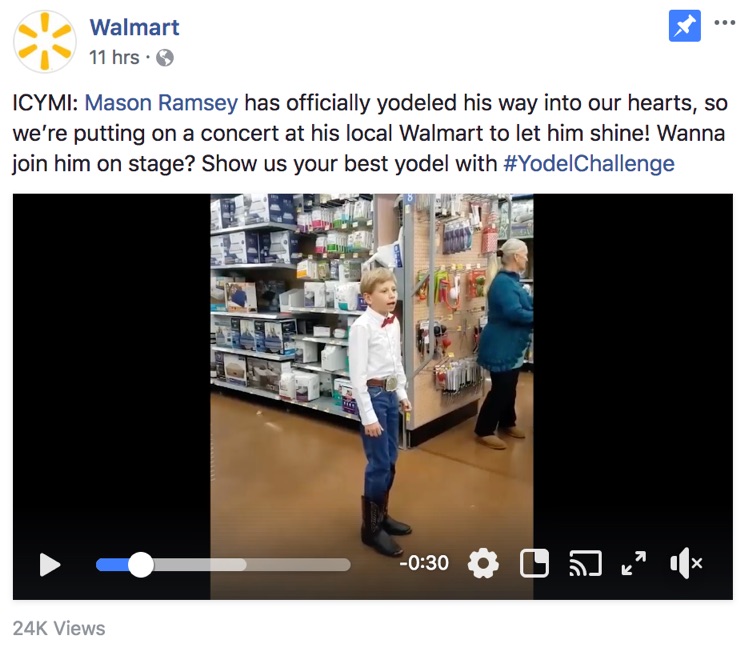

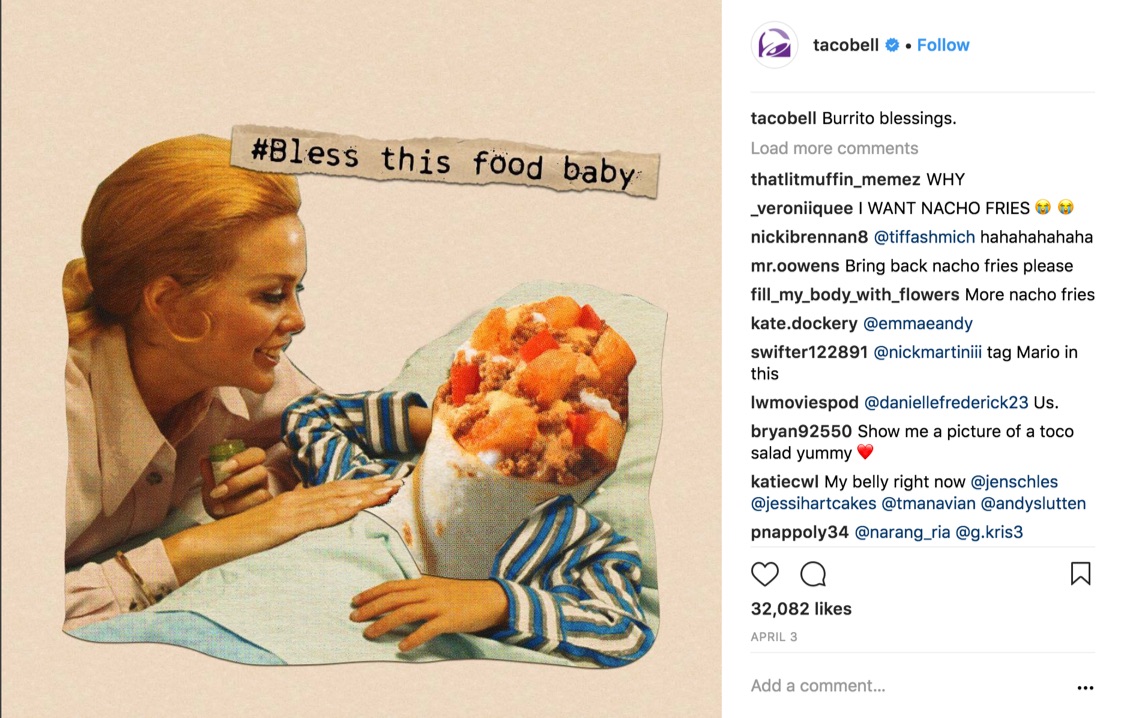
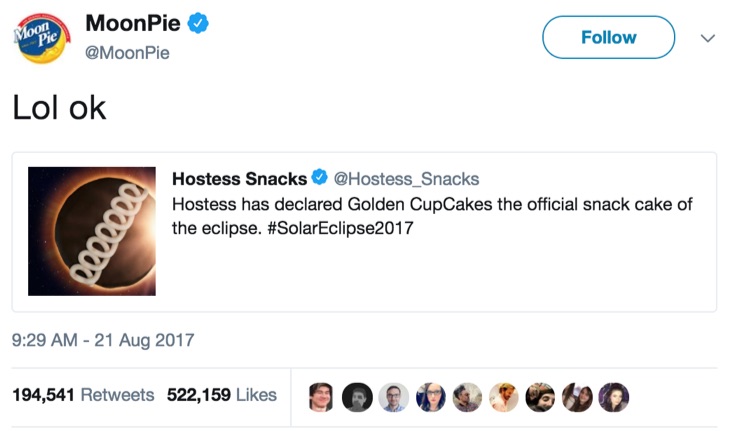
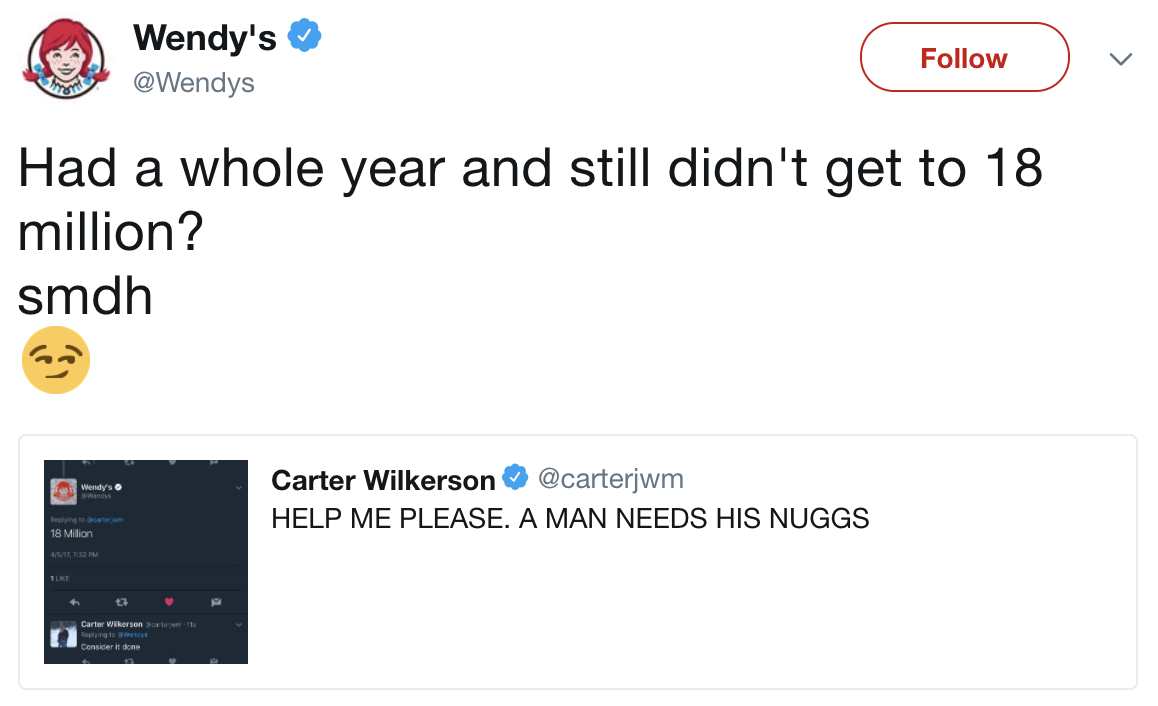
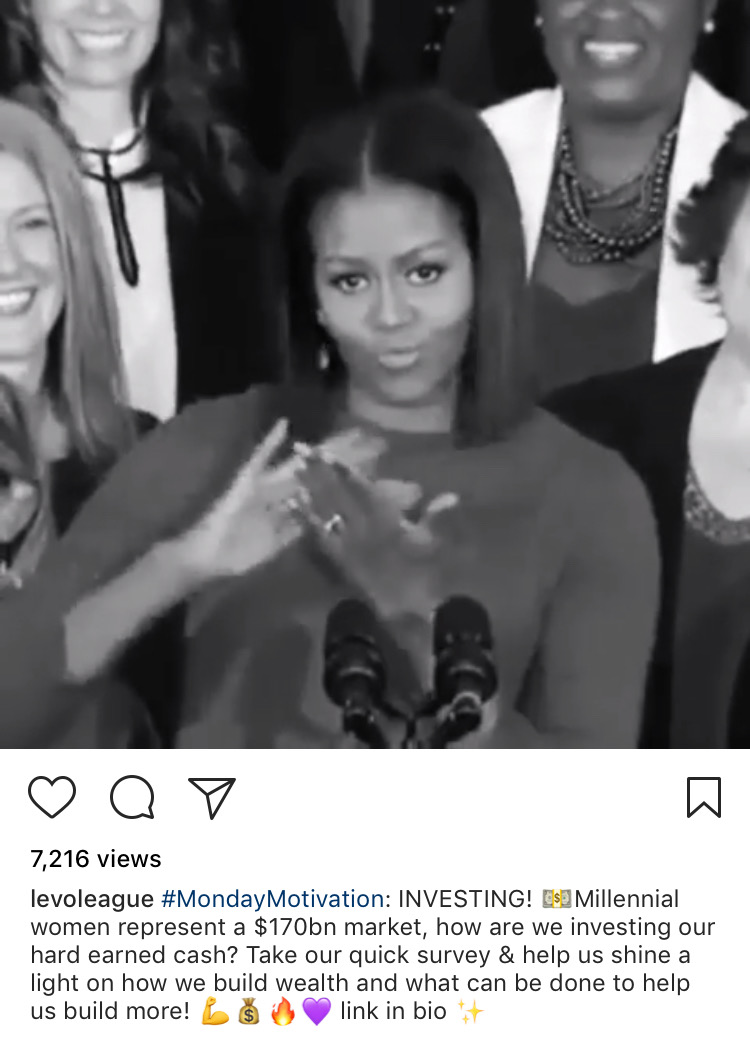
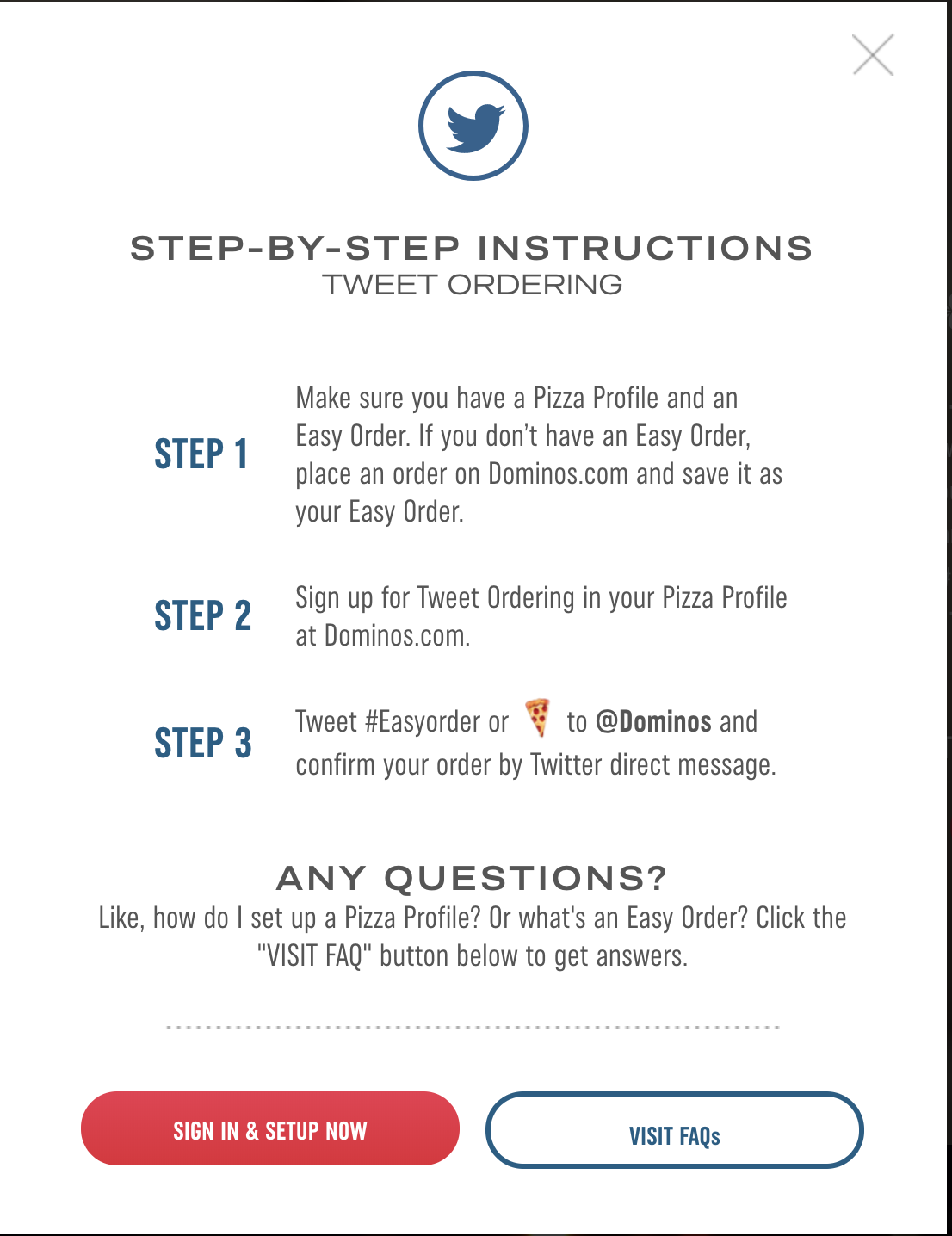
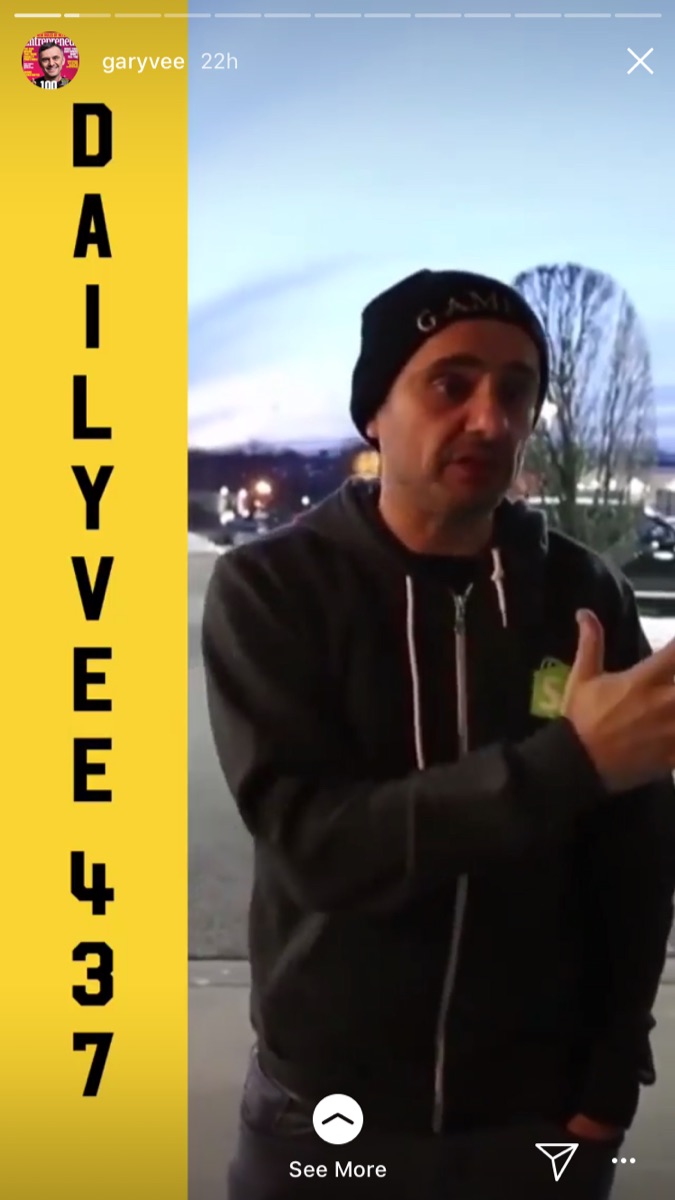

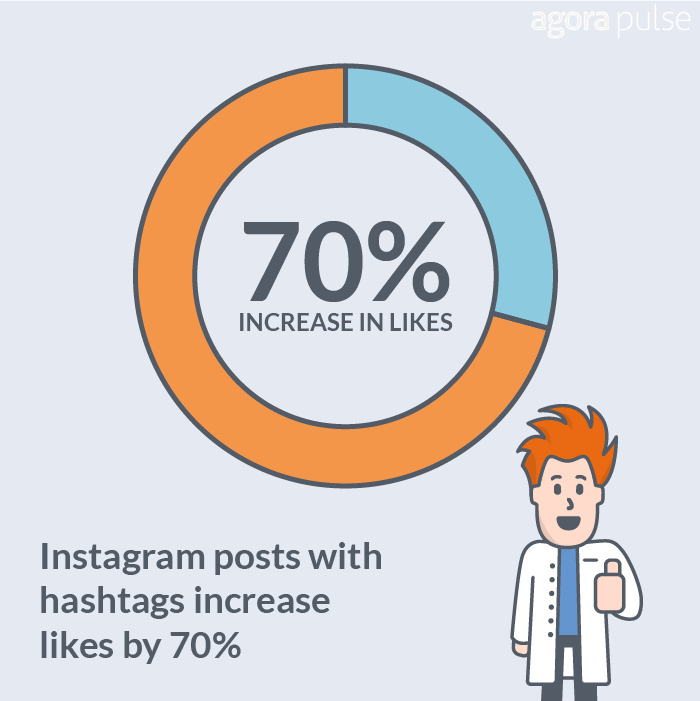
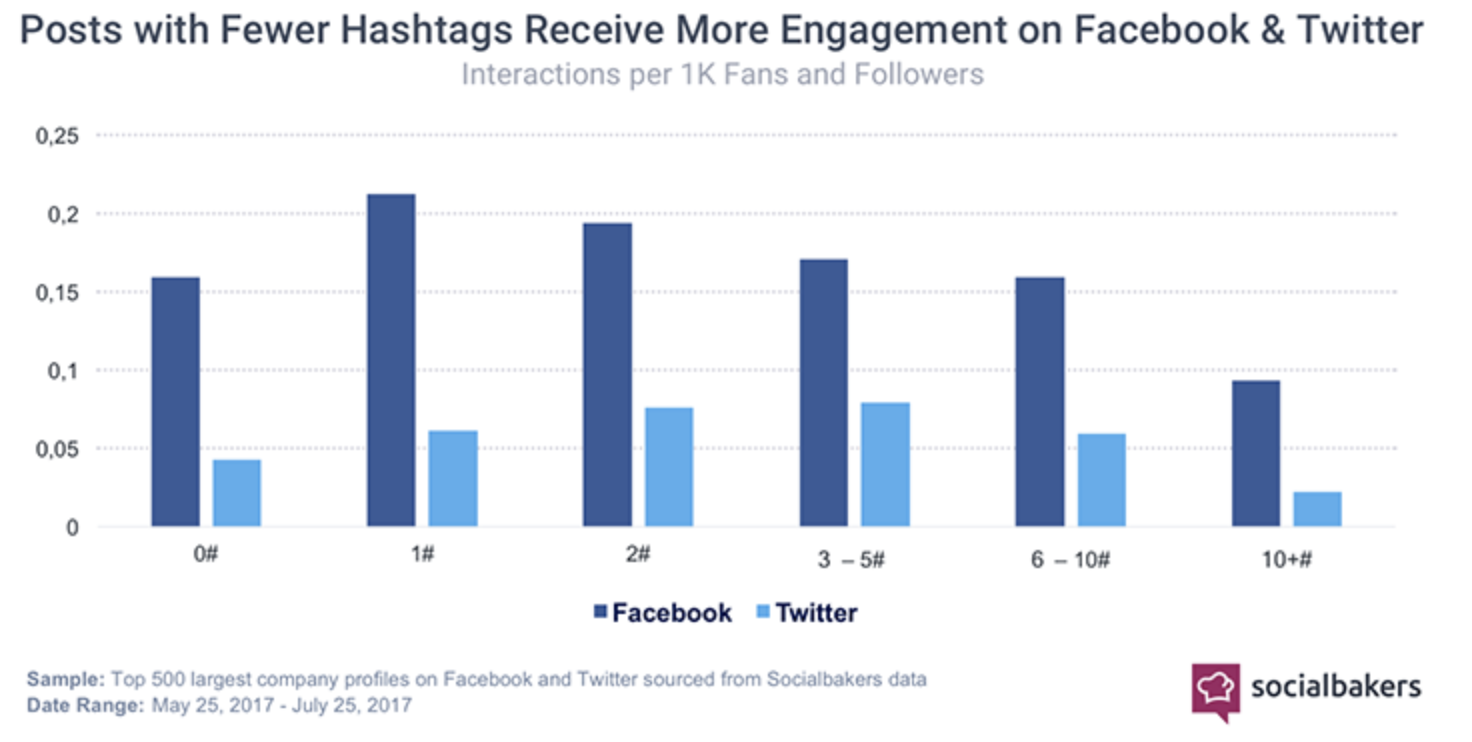

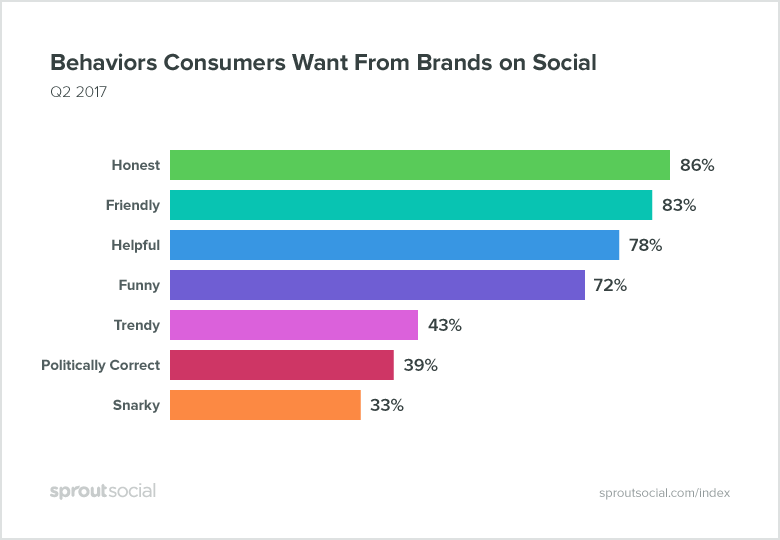

Comments (1)